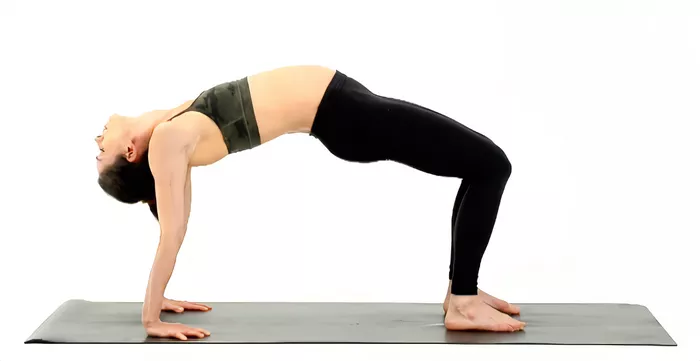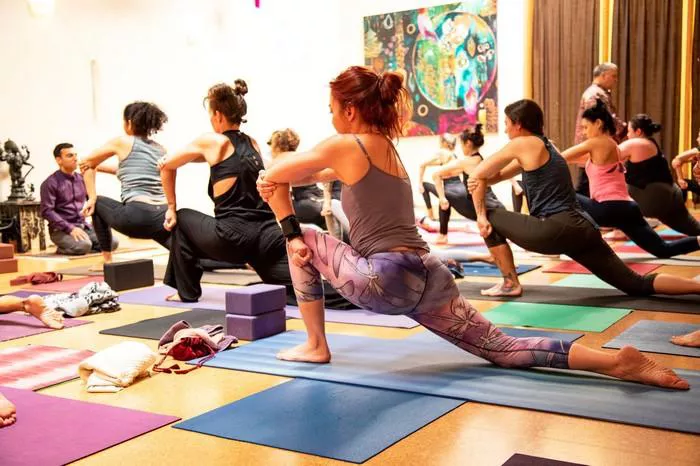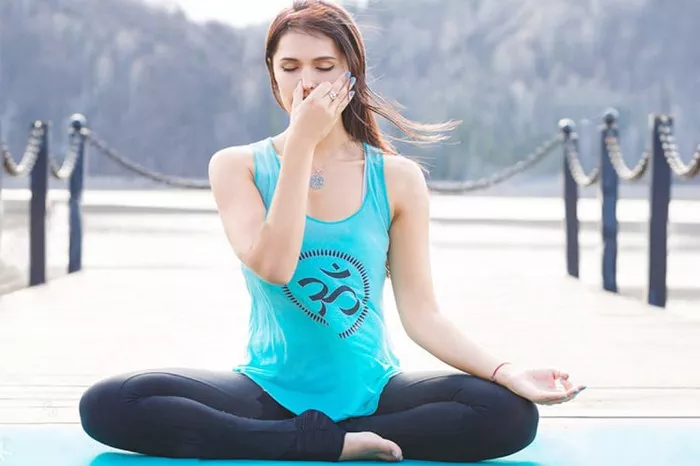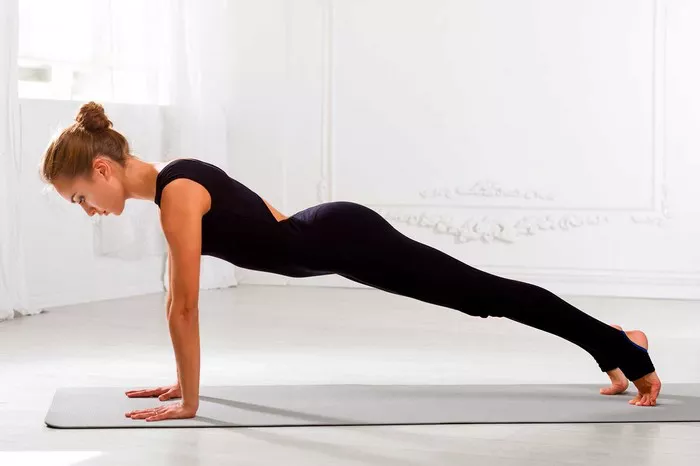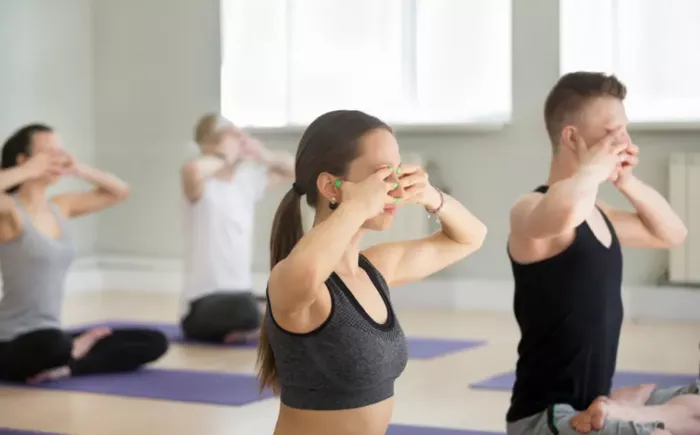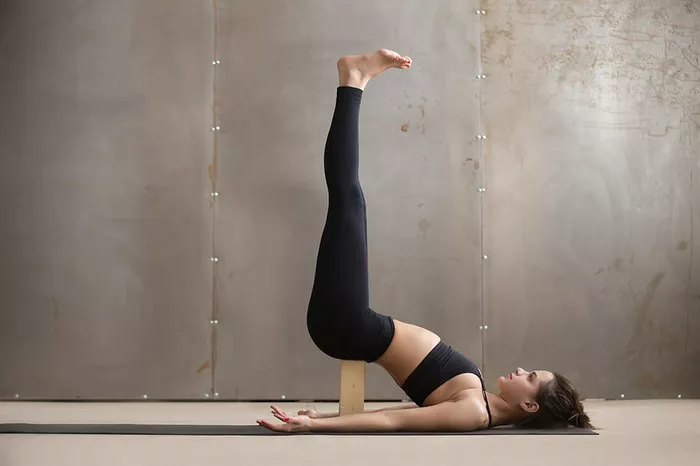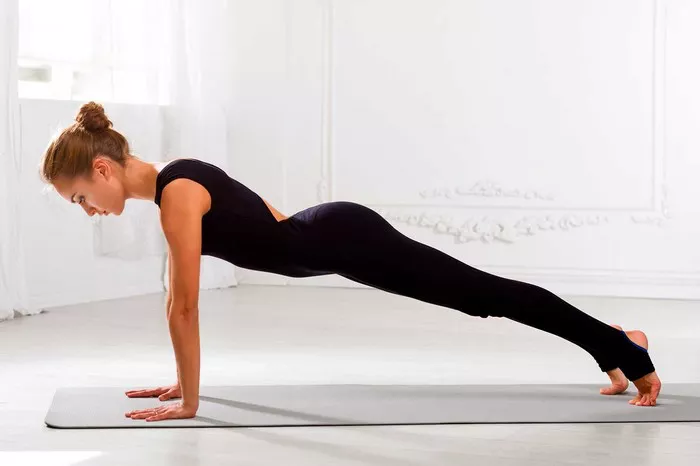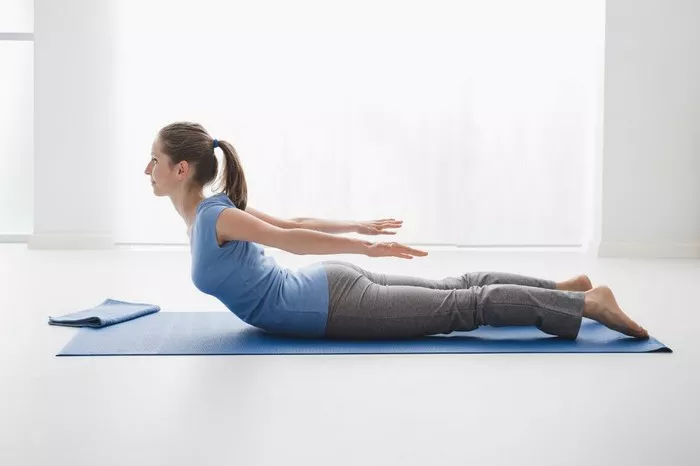Yoga, an ancient practice rooted in mindfulness and bodily awareness, offers a plethora of poses that nurture both the body and mind. Among these, Crab Pose stands out as a dynamic asana that engages various muscle groups while fostering a sense of balance and tranquility. In this comprehensive guide, we delve into the origins, symbolism, benefits, variations, modifications, step-by-step instructions, as well as precautions and contraindications of Crab Pose.
Origins and Symbolism
Crab Pose, or Ardha Purvottanasana in Sanskrit, finds its roots in Hatha Yoga, a branch of yoga that emphasizes physical postures to balance the mind and body. The name “Crab Pose” is derived from its resemblance to the posture of a crab, with the torso lifted and the arms and legs supporting the body weight.
Symbolically, Crab Pose embodies qualities of resilience, strength, and adaptability—much like the crab navigating through the ebb and flow of the ocean tides. By assuming this pose, practitioners can tap into these symbolic attributes, fostering a sense of inner strength and stability.
Physical and Mental Benefits
Crab Pose offers a myriad of physical and mental benefits, making it a valuable addition to any yoga practice.
Physically, Crab Pose targets multiple muscle groups, including the arms, shoulders, chest, core, and legs. The pose strengthens the arms and shoulders as they support the body weight, while also engaging the core muscles to stabilize the torso. Additionally, Crab Pose stretches the chest, front of the shoulders, and hip flexors, helping to alleviate tension accumulated from prolonged sitting or poor posture.
From a mental perspective, Crab Pose encourages mindfulness and presence. The act of balancing on hands and feet requires focused attention, allowing practitioners to cultivate a deeper connection between mind and body. Moreover, the gentle backbend in Crab Pose opens the heart center, promoting feelings of openness and emotional release.
Variations and Modifications
Like many yoga poses, Crab Pose offers variations and modifications to accommodate practitioners of all levels and abilities.
For beginners, a supported variation of Crab Pose can be practiced using yoga blocks. Placing a block under each hand provides added stability and reduces strain on the wrists. Another modification involves bending the knees and placing the feet flat on the mat, creating a smaller angle of hip extension.
Intermediate practitioners can explore variations that intensify the pose’s challenge. One such variation is the One-Legged Crab Pose, where one leg is extended upward while maintaining the lifted torso position. This variation enhances balance and strengthens the supporting leg and core muscles.
Advanced yogis may choose to incorporate dynamic movements into Crab Pose, such as lifting and lowering the hips in a controlled manner or transitioning into other arm balances.
Step-by-Step Instructions
To practice Crab Pose safely and effectively, follow these step-by-step instructions:
- Begin seated on the mat with your knees bent and feet hip-width apart.
- Place your hands behind your hips, fingers pointing toward your feet, and press firmly into the ground to lift your hips off the mat.
- Engage your core muscles as you lift your chest toward the ceiling, creating a gentle backbend.
- Keep your shoulders relaxed away from your ears and gaze forward to maintain balance.
- Press evenly through your palms and heels to distribute your weight evenly.
- Hold the pose for 5-10 breaths, focusing on steady breathing and maintaining alignment.
- To release, exhale as you lower your hips back to the mat with control.
- Rest in a comfortable seated position and observe any sensations in your body.
Precautions and Contraindications
While Crab Pose offers numerous benefits, it is essential to practice with caution and awareness of individual limitations. Consider the following precautions and contraindications:
1. Wrist Injury: Individuals with wrist injuries or conditions such as carpal tunnel syndrome should avoid putting excessive pressure on the wrists in Crab Pose. Instead, use props like yoga blocks or modify the pose to reduce wrist strain.
2. Shoulder Issues: Those with shoulder injuries or instability should approach Crab Pose with caution. Avoid forcing the shoulders into uncomfortable positions and listen to your body’s feedback.
Neck Problems: If you have neck issues or discomfort, avoid dropping the head back in Crab Pose. Keep the neck in a neutral position to prevent strain.
3. Pregnancy: Pregnant individuals should consult with a qualified yoga instructor before practicing Crab Pose. Depending on individual circumstances, modifications may be necessary to ensure safety for both mother and baby.
4. High Blood Pressure: Individuals with high blood pressure should avoid holding their breath or straining in Crab Pose. Focus on steady, controlled breathing and avoid overexertion.
Conclusion
In conclusion, Crab Pose is a versatile yoga asana that offers a plethora of benefits for the body, mind, and spirit. By incorporating this pose into your regular yoga practice and paying heed to variations, modifications, and precautions, you can harness its transformative power to cultivate strength, flexibility, and inner harmony. As with any yoga practice, approach Crab Pose with mindfulness, respect for your body’s limitations, and an attitude of curiosity and exploration.
FAQs:
What is the crab leg pose?
The crab leg pose is a yoga asana that involves lying on your back, lifting your hips, and extending one leg straight up towards the ceiling while keeping the other leg bent with the foot flat on the ground, resembling the shape of a crab’s leg.
What is the most relaxing pose in yoga?
The most relaxing pose in yoga is often considered to be Savasana, also known as Corpse Pose. In Savasana, practitioners lie flat on their backs, close their eyes, and focus on deep breathing and releasing tension from the body. It allows for complete relaxation and rejuvenation, promoting a sense of calmness and peace.
What is the other name for the lotus pose?
The other name for the lotus pose is Padmasana. In Padmasana, the practitioner sits cross-legged with each foot placed on the opposite thigh. It is a foundational pose in yoga and is commonly used for meditation and pranayama (breath control) practices.

